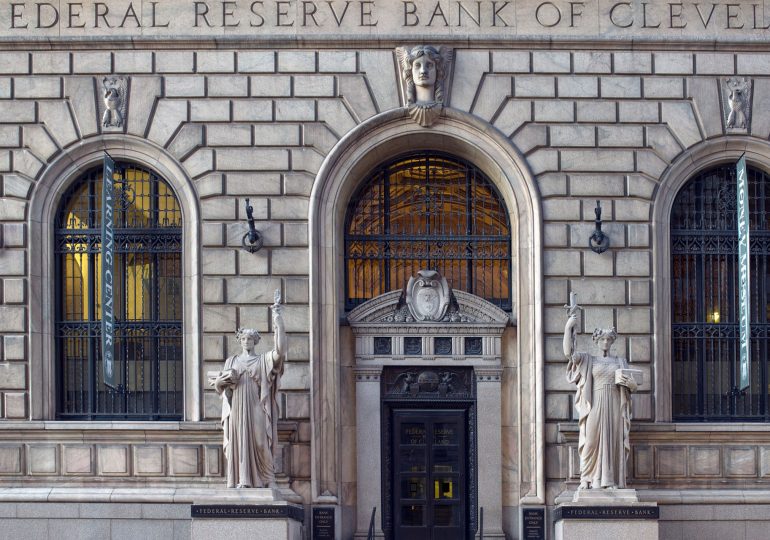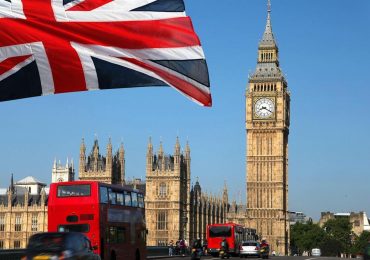Key rate change occurred in many countries of the world
The instability of the world economy in recent years and the associated high volatility of currencies are forcing the heads of central banks to change the key rate. In the US, this has already led to conflicts between Fed Chairman Jerome Powell and President Donald Trump. The increase in the amount is also observed in South Africa, India, Chile, Britain, Canada and other countries of the world.
Where else was the key rate change?
In 2018, Indian authorities raised the interest rate twice. If at the beginning it was 6%, then in August it rose to the level of 6.50%. The reason – market turbulence, FRS policy and inflation.
Neighboring Indonesia also increased this figure from 4.25% to 6%. Moreover, the financial regulator of the country 6 times in 2018 tightened the BSA. These actions, according to the Central Bank of Indonesia, are aimed at reducing the current account deficit and increasing the investment attractiveness of the country’s financial markets.
In the countries of North and South America, there is a similar situation. In October, the Central Bank of Chile decided to raise the interest rate from 2.50% to 2.75% due to high volatility in the domestic and world markets. Also, Chile, as the largest producer and exporter of copper in the world, depends on trade wars that damage the economy.
In Mexico, the change in interest rate compared with 2017 was significant. It increased by 1% and amounted to 8.25%. The main financiers of the states explained this with the same reasons as Chile – the crisis of currencies and trade wars.
Brazil goes the other way. While many countries around the world are increasingly regulating currencies, counteracting inflation and raising the rate, the Central Bank of Brazil for 2018 lowered it twice. Now it is kept at the level of 6.5%, although still in
January was 7%.
The conduct of such a policy by the Central Bank of Brazil was based on maintaining and restoring the country’s economy, and in addition, they played into the hands of inflation, which was not as high as expected.

In Europe, the situation on interest rates as follows. Norway raised it to 0.75%, saying that the country’s economy is strong enough, and the current balance of financial risks in the world suggests a planned rate increase in the coming years.
In the Czech Republic, this figure during 2018 increased by 5 times. The confident economy of the state contributed to the growth of inflation, and the unemployment rate dropped significantly. Nevertheless, the instability of emerging markets affected the position of the national currency, which led to such an active increase in the interest rate.









